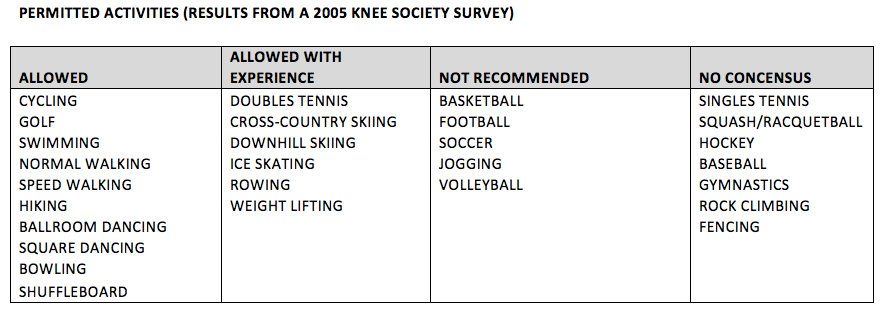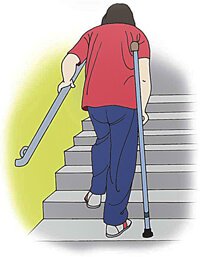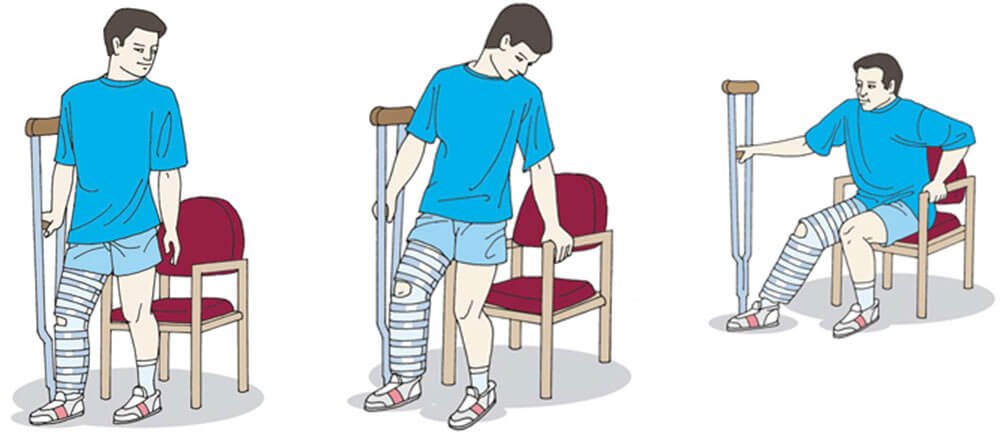

A: Survival studies across the globe have been consistent with 90-95% survival rate for 15 years. Since most of the surgeries are performed above 60 years of age, it usually lasts their lifetime.
A: The usual age for undergoing a TKR/THR is typically above 55 to 60 years old. However, age alone is not the only factor considered, as the decision depends on the individual's overall health and lifestyle. Oftentimes, this operation might be needed in the younger generation of the age group of 30 to 50 years.
A: The success rate of TKR/THR surgery is generally high, with approximately 90-95% of patients experiencing significant pain relief and improved mobility after the procedure.
A: The choice of implant depends upon consideration of a multitude of factors (age, activity level, indication of surgery, patient preference, metal allergy, etc). For detailed information refer to the implant section.
A: The outcome of TKR/THR depends upon restoration of alignment & appropriate soft tissue balancing which can be adequately achieved through conventional TKR/THR inventory by an experienced & trained arthroplasty surgeon. Robotic assisted TKR/THR principally assists in pre-operative planning of implant sizes, soft tissue balancing while intra-op only assists in Precision Bone Cuts. The rest of the surgical procedure is similar to that of conventional & has to be performed by a surgeon only. The choice between the two depends on the patient's individual needs, affordability, surgeon's experience, and available technology. There has been no published clinical data of superiority of Robotic Surgery over Conventional Surgery.

A: Some common myths about robotic surgery for TKR/THR include:
● Robot perform the surgery independently: In reality, robotic system assist only at pre op planning & intra-op bone cuts. Surgeon is in control of the procedure.
● Robotic surgery leads to less post-operative pain: Pain perception is highly individual specific & post-op pain after Robotic Surgery are similar to Conventional Surgery.
● Robotic surgery takes shorter time: Infact due to placement of the Schanz pin & Tracker system, Robotic Surgery invariably has a longer duration than Conventional one. Few Robotic system using Burr Tips take considerable time for bone cuts in contrast to conventional ones.
● Robotic surgery leads to shorter skin incision & lesser blood loss: The incision length & intra-operative blood loss depends upon surgical expertise & soft tissue handling not on technological assistance.
● Robotic surgery guarantees faster recovery & better outcomes: While it improves accuracy of bone cuts & component placement, outcomes depend on various factors. Recovery depends upon post-op analgesia & motivation of patient for post-op physiotherapy.
A: Computer Assisted Navigation & Robotic are indispensable for complex situations like Pre-Existing Hardware, Extra Articular Deformity precluding use conventional systems.
Also the philosophy of Functional Alignment Strategy can be consistently achieved through Robotic Assisted Surgery.
Hence technological advances definitely have a role & is expected to expand in coming future.
A: The recovery process after surgery varies for each individual, but it generally takes several weeks to months to fully recover and regain strength and mobility.
A: Patients usually return to their normal activities, including walking, climbing stairs, and participating in low-impact exercises in a span of a couple of months. However High Impact Exercises should be avoided.

A: The recovery process after surgery varies for each individual, but it generally takes several weeks to months to fully recover and regain strength and mobility.
A: To avoid falls and protect your new hip/knee, use assistive aids such as walkers or canes for stability, install handrails in appropriate areas, and follow the recommendations of your surgeon and physiotherapist for balance and strength exercises.

A: Indian customs of cross leg sitting and squatting are avoided after surgery. You need to use a commode or a toilet chair in the restroom.
A: Placing a pillow between your legs should help keep your hip comfortable and stable. You may sleep on your back or on your operative side depending on what makes you most comfortable.

A: Most people can safely resume sexual intercourse between three to four months after joint replacement surgery, considering individual healing and recovery progress.
A: Common concerns after THR surgery regarding sexual positions include potential dislocation risks. Certain positions should be avoided to minimise complications.

A: After THR surgery, it is recommended to avoid positions that involve extreme flexion of the hip joint, such as kneeling with a partner behind or on top, and side-lying face to face.
A: Sexual limitations are not completely eliminated after TKR surgery, but gradual improvement can be expected up to one year due to reduced pain and improved motion.
● Ensure the passenger seat is fully pushed back.
● Adjust the seat to its maximum reclined position.
● With your walker in front of you, slowly back up towards the car seat.
● Sit down on the car seat.
● Swing your legs into the car.
● During travel, take frequent stops to get out and walk around.
● Push the seat all the way back.
● Recline the seat fully.
● Lift your legs out of the car. Place the walker in front of you and stand up using the unaffected leg or the leg with less pain.



● Use a handrail if available for support.
● Lead with your non-operated leg or the leg with less pain, followed by the operated leg, and then your crutches or cane.
● Have a family member assist you by staying one step below to provide support.
● Use a handrail if available for support.
● Lead with your crutch or cane, followed by the operated leg, and then the non-operated leg or the leg with less pain.
● Have a family member stay one step below to assist you.
● Move backward until you feel both legs touching the chair.
● Slide your operated leg out in front of you and place one hand on the armrest.
● Gradually descend while maintaining the extension of your operated leg.
● To stand up, scoot your operated leg out in front of you until you can comfortably bear weight on it.
● Use the armrests to push up while keeping your operated leg extended in front of you.


● Pivot on your hips with the help of your elbows. Keep your body straight and avoid twisting your legs.
● Maneuver your non-operated leg and position yourself at the edge of the bed, ensuring your operated leg remains straight. Use your walker for support and stand up.
● Position yourself adjacent to the bed, facing away from it.
● Lower your body until you are sitting on the edge of the bed with your operated leg straight out in front of you.
● Swivel on your bottom and lift your unoperated leg into the bed first, followed by your operated leg.
● Use the wall or wash basin handrail for support.
● Keep your operated leg straight in front of you and place your other hand on the toilet seat.
● Lower yourself onto the seat.
● To stand from the toilet, reverse the procedure.


● Initially, a physiotherapist will assist you in walking short distances with a walker.
● After a few days, you may progress to walking independently with the walker.